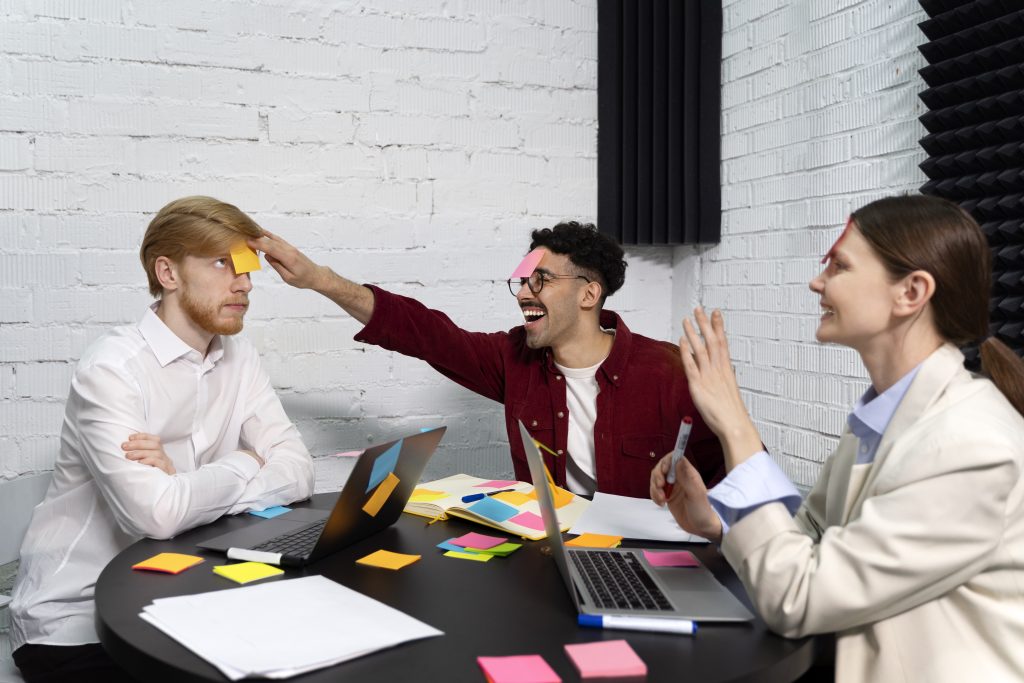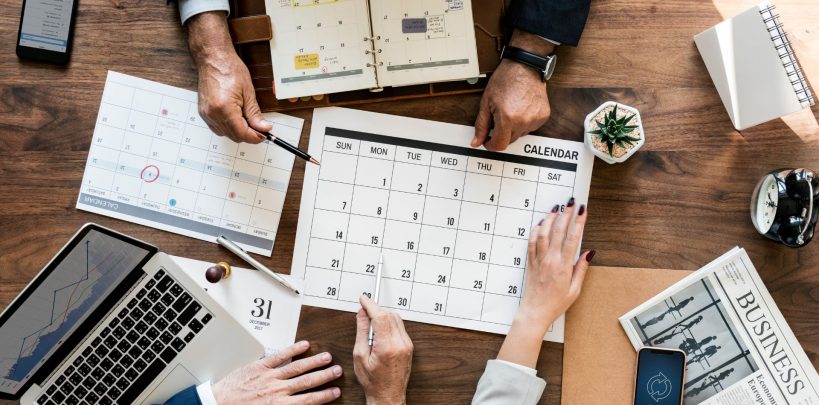Meetings are a powerful tool when used intentionally.
But in many organizations I support, the calendar fills up faster than progress moves forward. It’s rarely due to a lack of effort.
Instead, it’s that meeting time has become routine, rather than reflective.
The good news?
We can shift that.
A clear, human-centered meeting culture not only saves time, it builds clarity, alignment, and trust.
Here’s how.
Start with a Purpose, Not a Placeholder
Meetings should serve one of three purposes:
🔹 To make a decision
🔹 To align around direction or strategy
🔹 To remove blockers and enable progress
Before scheduling a meeting, ask:
“What outcome will this conversation create and who needs to be part of making that happen?”
This question helps move us from “covering topics” to creating movement.
From Participation to Contribution

Meetings become energizing when people show up not just to attend — but to contribute.
Try shifting how invitations are framed:
- Instead of: “You’re invited to attend…”
- Try: “We’d value your input on…” or “You’ll help us decide on…”
It’s a subtle change — but it sets a very different tone. One that says:
“Your presence has a purpose.”
Time Awareness Is Culture Awareness
How we spend time together reflects what we value.
High-performing, agile organizations respect time as a shared resource.
That doesn’t mean rigid structures or jam-packed agendas.
It means we’re thoughtful — about why we’re meeting, what success looks like, and how we use the time well.
That might look like:
✅ Clear agendas shared in advance
✅ Timed discussions with space for diverse voices
✅ Ending with shared next steps, not assumptions
This isn’t about efficiency for its own sake.
It’s about creating space for better thinking, clearer decisions, and stronger engagement.
A Culture Check: Try a Meeting Audit
Want a simple way to boost energy and focus?
Run a quarterly meeting audit.
Ask your teams:
- What recurring meetings are adding real value?
- Which ones need to evolve, be redesigned, or phased out?
- Where could we shift from recurring to on-demand check-ins?
This practice sends a clear signal:
We care about how we work, not just what we deliver.
And we’re willing to reflect, adapt, and improve.
What Happens When Meeting Culture Improves

When meeting time becomes purposeful, teams start to feel the difference:
✔ Decisions get made faster
✔ Collaboration becomes easier
✔ Engagement and trust increase
✔ People feel more ownership of the work
In short: meetings stop feeling like overhead and start driving momentum.
Final Thought: The Way We Meet Is the Way We Lead
Meetings are more than time blocks on a calendar — they’re an opportunity to reflect our best leadership habits.
They show us:
– How we listen with intention
– How we create space for diverse voices
– How decisions are shared and moved forward
– How we respect each other’s time and presence
When meetings are well-designed, they energize teams, strengthen trust, and drive momentum.
That’s why evolving meeting culture isn’t just about efficiency — it’s about shaping a more connected, focused, and forward-looking organization.
I support leadership teams in creating meeting practices that reflect the culture they want to build and the impact they want to have.
Let’s explore what that could look like for you.
Because every great meeting is a chance to lead well.


